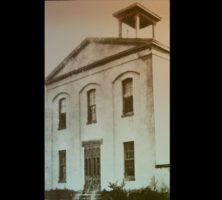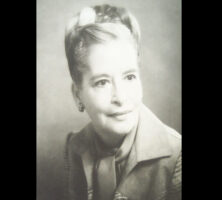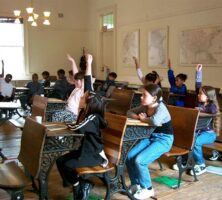Housed in the historic Massie School Building in Savannah, the Massie Heritage Center is one of the nation’s earliest heritage education programs. Since 1975 the center’s programs and exhibitions have provided students with an orientation to the historic environment of the city and teachers with basic information for classroom teaching and outdoor experiences.
History
When it opened in 1856, Massie was Savannah’s first public school. In 1841 Peter Massie, a Scotsman from Glynn County, had given the city of Savannah $5,000 to build a school for “children of the poor.” The city invested the money in railroad and gas company stock. In 1856, when the investment had reached $14,008, noted architect John Norris was hired to build the school. Norris created Massie’s central building on East Gordon Street at Calhoun Square. The east wing was added in 1872 and the west wing in 1886, both designed by architect John Hogg. Built in the Greek revival style, the school is considered an example of compatible neighborhood design; the building, separated into three sections, blends well with its row-house neighbors.
The mayor and alderman operated Massie for ten years until a state charter for public education was issued in 1866. The school’s eight grades served Savannah’s young people for more than a century, with only a brief interruption during the Civil War (1861-65), when General William T. Sherman used the building as a school for freedmen. At the end of the 1974 school year Massie was closed by the Board of Education because there were too few students enrolled for the school to be economically viable. In 1975, as the Board of Education sought a new role for Massie, former superintendent Saxon Pope Bargeron played a major part in determining its future. She obtained a quitclaim to the property from the city, prepared a nomination for listing the building in the National Register of Historic Places (which became effective April 13, 1977), and was instrumental in the Board of Education’s creation of the Friends of Massie Committee in 1975. This committee, chaired by preservationist Emma Adler, and composed of school administrators, Board of Education members, and community representatives, was charged with long-range planning for building restoration and programming. “Knowing Savannah” became the primary goal of the curriculum. In 1978 Sarah Parsons became Massie’s first heritage classroom teacher.
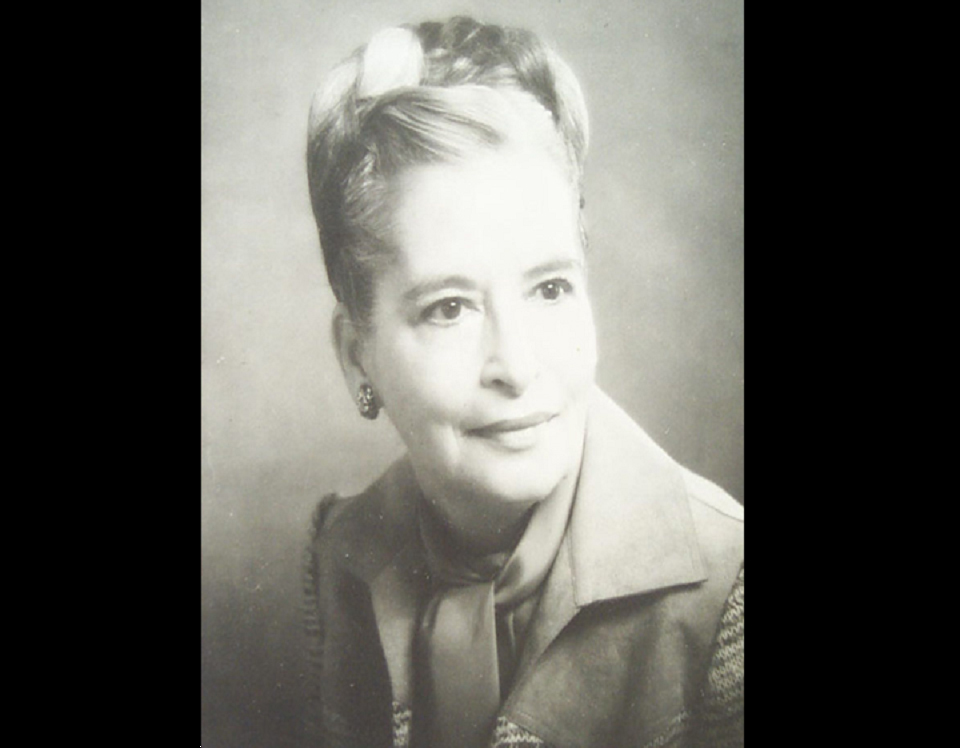
Courtesy of Massie Heritage Center
Heritage Education Program
Massie’s heritage education program was designed to build citizenship through learning about local history, the city’s architectural styles, and Savannah’s remarkable city plan, which supports multiple uses and diverse economic and social groups living side by side. The teaching installations, which became Massie’s “textbooks,” are among the many notable features of the heritage education program. These include exhibitions on Savannah’s architectural styles, the growth of the Savannah plan, and a three-dimensional model of the old city. An installation on the prehistory of coastal Georgia is planned. In addition to the heritage classroom and other programs for schoolchildren, staff development workshops on heritage education with state credit have been offered to teachers since 1980. In 1985 the center held a statewide heritage education conference. Massie is also the systemwide coordinator for Character Education, offering workshops on this state-mandated program.
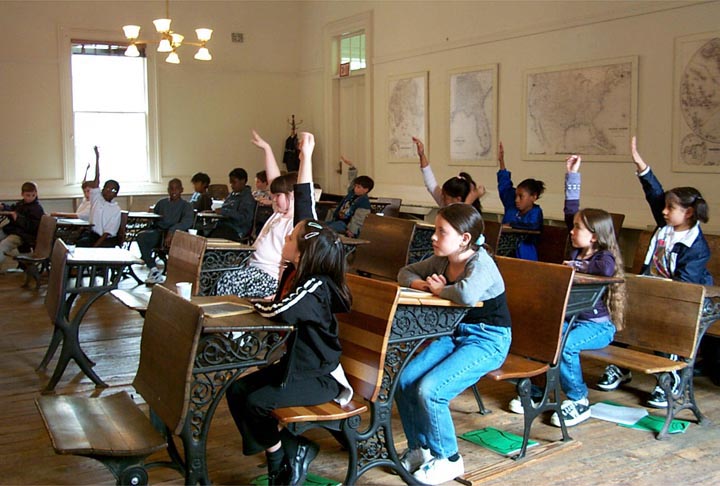
Courtesy of Massie Heritage Center
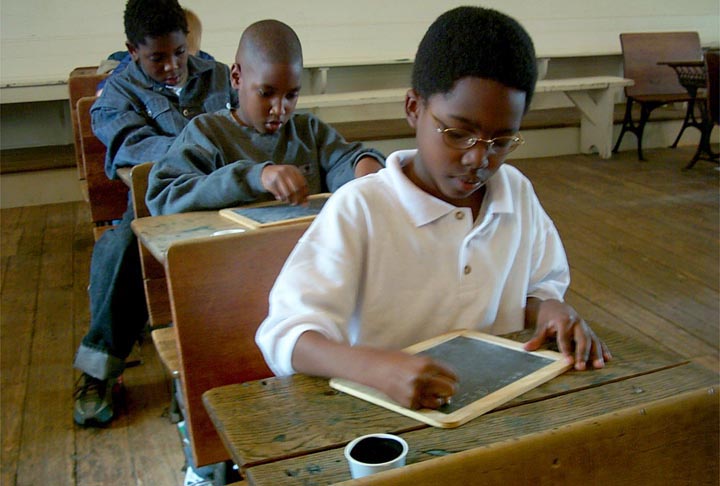
Courtesy of Massie Heritage Center
Massie’s programs have been influential throughout Georgia and the nation. From 1978 to 1997 the center coordinated the annual Georgia Heritage Celebration held in Savannah on the birthday of the colony, and it continues to assist with the celebration. The Savannah community and thousands of students are involved in the event, which has been expanding to reach other Georgia communities as well. National preservation leaders have visited the school, including Antoinette Lee, who suggested the name for the program, and Lynne Cheney, who taught a lesson on the U.S. Constitution during her visit in 1987 while she was head of the National Endowment for the Humanities. The Massie Heritage Center has been featured in national conferences, workshops, and publications, and has received numerous awards, including a certificate of recognition from the National Trust for the heritage classroom program and the Governor’s Award in the Humanities in 1987.






